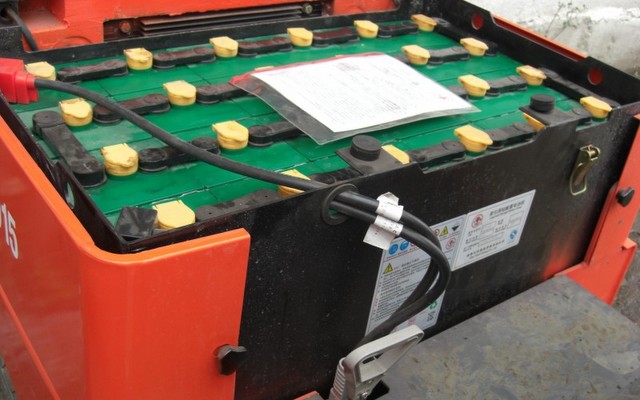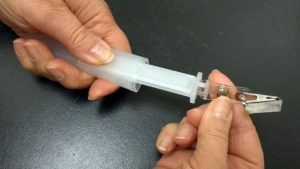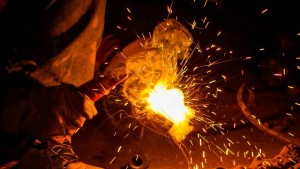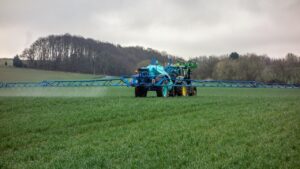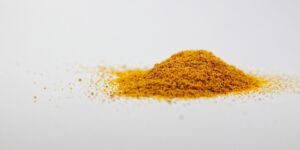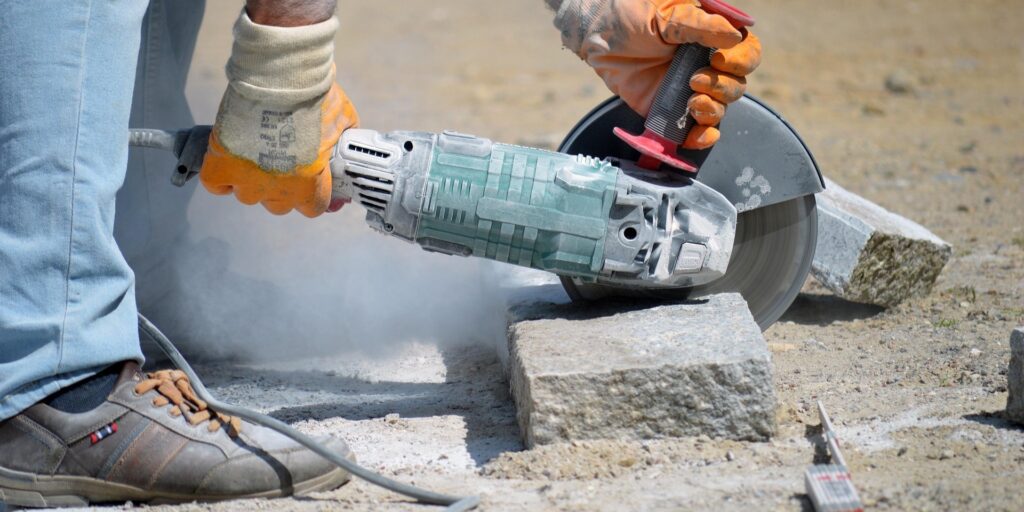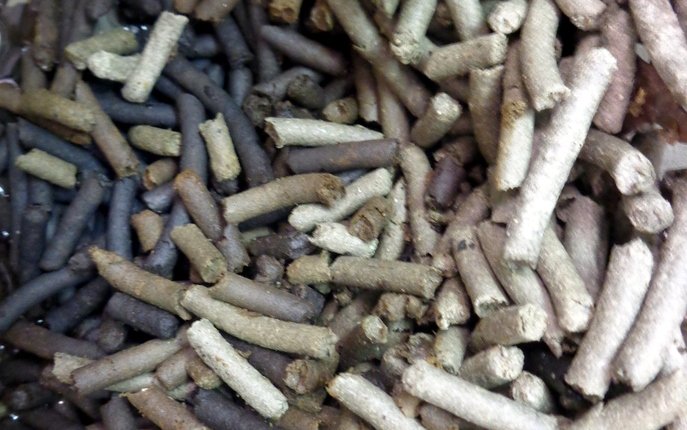LCS Laboratory is an air quality testing laboratory located in London, Ontario. We offer a complete service that includes equipment rental and laboratory testing.
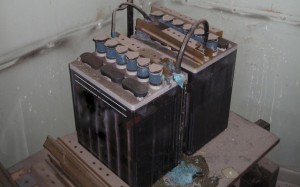 A client recently asked us what to test for, in the air around a lead-battery charging station. Most automotive batteries are lead-acid batteries. When these batteries recharge, they emit very little gases, yet the most common is Hydrogen. Hydrogen is not toxic and is not regulated for industrial hygiene purposes.
A client recently asked us what to test for, in the air around a lead-battery charging station. Most automotive batteries are lead-acid batteries. When these batteries recharge, they emit very little gases, yet the most common is Hydrogen. Hydrogen is not toxic and is not regulated for industrial hygiene purposes.
You should always monitor batteries to prevent accidental explosion and fire. Most companies regard Hydrogen as a flammable gas and measure its concentration in order to confirm that it is below a level that would render it explosive. We do not know any standard laboratory testing method for Hydrogen. Usually it can be detected using gas detection tubes or gas monitors. As an option, you can use a confined space meter if your instrument responds to the flammability of hydrogen.
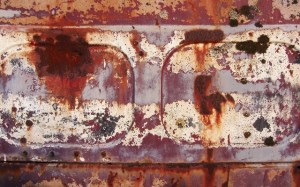 Another common chemical that can be found around a charging station is Sulfuric Acid. The acid is not volatile and escapes the battery in the form of mist. If you see aggressive corrosion on metal surfaces around the charging station, it can be an early indication of a sulfuric acid mist outbreak.
Another common chemical that can be found around a charging station is Sulfuric Acid. The acid is not volatile and escapes the battery in the form of mist. If you see aggressive corrosion on metal surfaces around the charging station, it can be an early indication of a sulfuric acid mist outbreak.
Lead dust can also build up on the surfaces. Once disturbed, lead concentration in the air can be significant. We would recommend to monitor lead both on the surfaces and in the air.
To discuss your project or request sampling media for the project, please email LCS Laboratory Inc.

